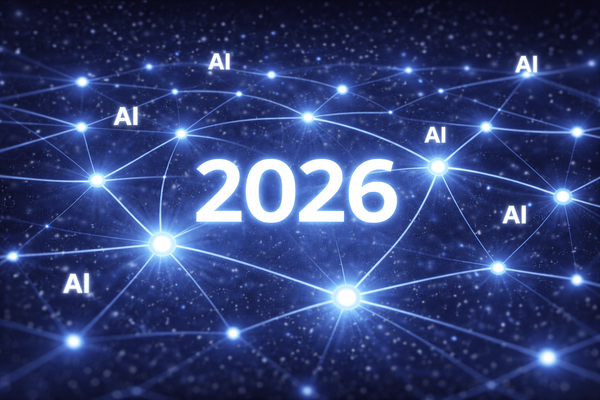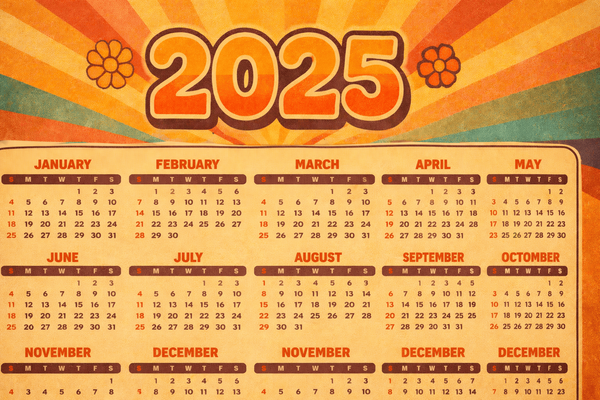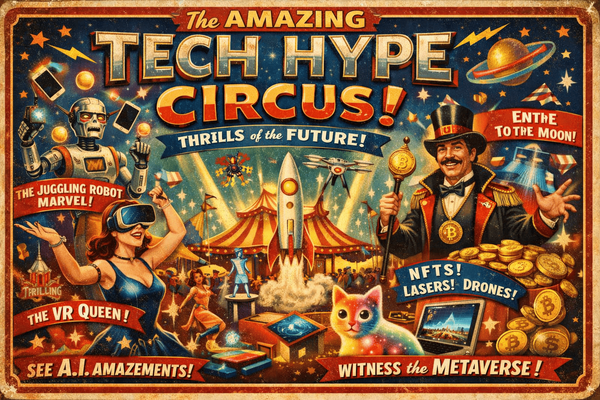On Apple Failures
Is Apple losing its way? Making mistakes is part of the learning process. Some mistakes are more challenging to swallow than others. Here's a recollection of Apple's most noteworthy failures.

Tim Cook has been Apple's CEO since Steve Jobs’ passing, and he's been at the helm longer than Jobs was. Is Tim Cook’s Apple more likely to fail? I first explored this question in “The Rotten Side of Tim Cook’s Apple”. Today's tech landscape looks very different from the one under Steve Jobs’ leadership. As a global company, Apple faces pressure not only from a technological standpoint but also from a political one – an area that's largely out of its control. This is a unique challenge for Tim Cook's Apple. In this article, I want to highlight key failures that have occurred since Tim Cook became CEO of what's now the world's biggest and most influential tech company. The list is presented in no particular order.
2013 Trash Mac Pro
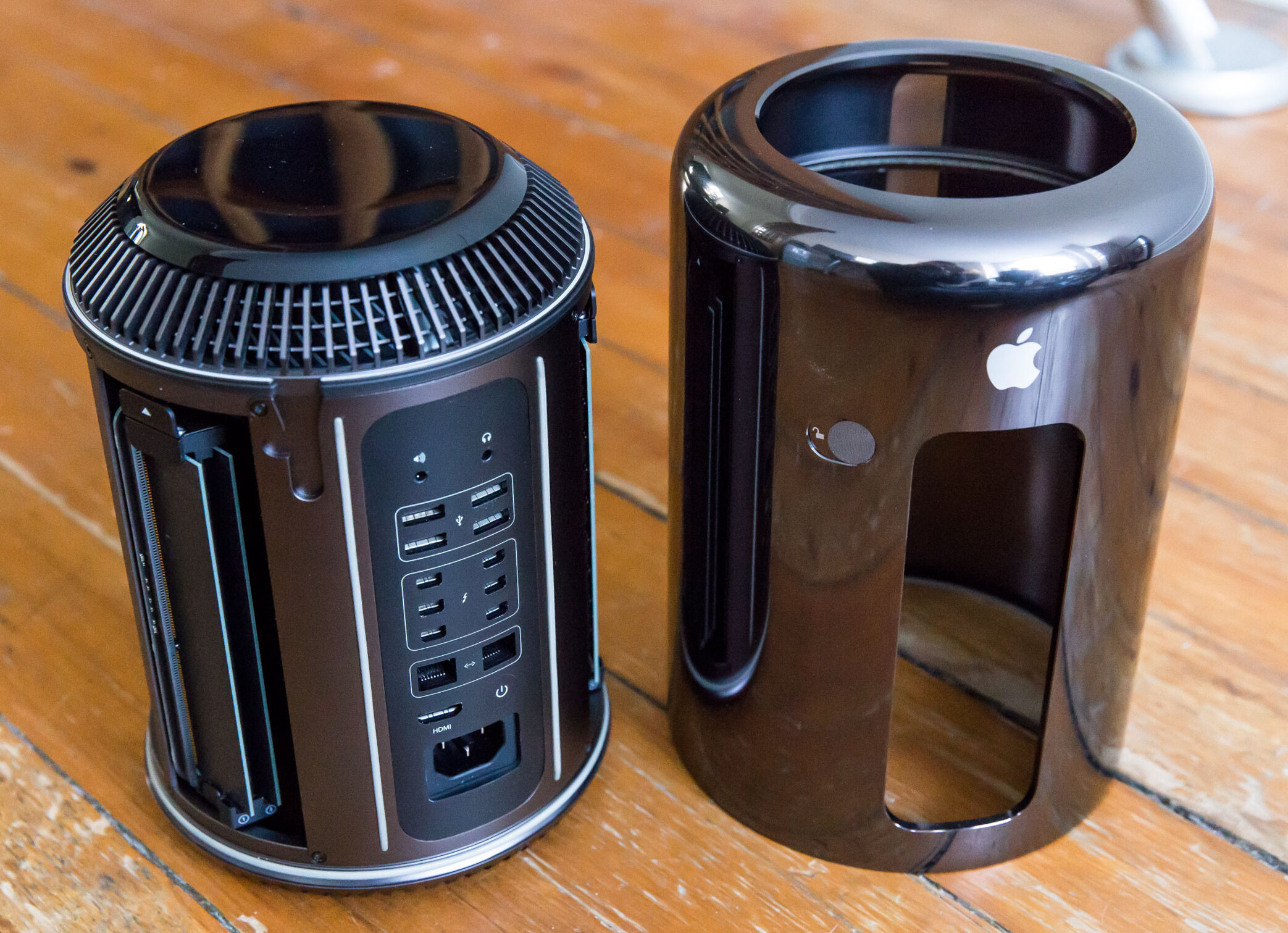
Apple’s 2013 Mac Pro—nicknamed the “trash can” for its striking cylindrical design—was initially hailed as a futuristic engineering showcase, but it quickly became a cautionary tale of form winning over function. Professionals who depended on modular, expandable systems for video editing, 3D rendering, and scientific computing were frustrated by the lack of internal expansion, reliance on external peripherals, and limited upgrade paths compared to the tower-style Mac Pro before it. This move mirrored Apple’s broader push toward sealed, minimalist hardware, such as MacBooks with fewer ports, which gave the impression that the company had lost touch with the needs of its pro audience. Over time, the backlash became so strong that Apple publicly admitted it had miscalculated. They found themselves in a thermal corner. In 2017, the company formed a dedicated “Pro Workflow” team and recommitted to building truly modular systems, a pivot that culminated in the 2019 Mac Pro tower—a clear signal that Apple had learned from its misstep and was willing to correct course for the professional market.
“I think we designed ourselves into a bit of a thermal corner, if you will. We designed a system with the kind of GPUs that at the time we thought we needed, and that we thought we could well serve with a two GPU architecture. … Being able to put larger single GPUs required a different system architecture and more thermal capacity than that system was designed to accommodate.” — Craig Federighi
This whole saga shows Apple’s pendulum swing: from prioritizing bold design statements that alienated core users, to re-embracing pragmatism and function when it mattered most. The scars of the 2013 Mac Pro still echo today in how carefully Apple frames its “pro” products.
The 2013 Mac Pro hurt Apple’s standing with professionals by prioritizing design over function, offering no internal expansion and quickly becoming obsolete, which led many creative and technical users to abandon the platform or freeze purchases. The years of neglect that followed reinforced the perception that Apple no longer cared about pro workflows, damaging trust in its “pro” brand. Eventually, the backlash forced Apple into a rare public admission of failure, the creation of a Pro Workflow Team, and the launch of the modular 2019 Mac Pro—an expensive course correction that still serves as a cautionary reminder whenever Apple introduces new professional hardware.
Butterfly Keyboard
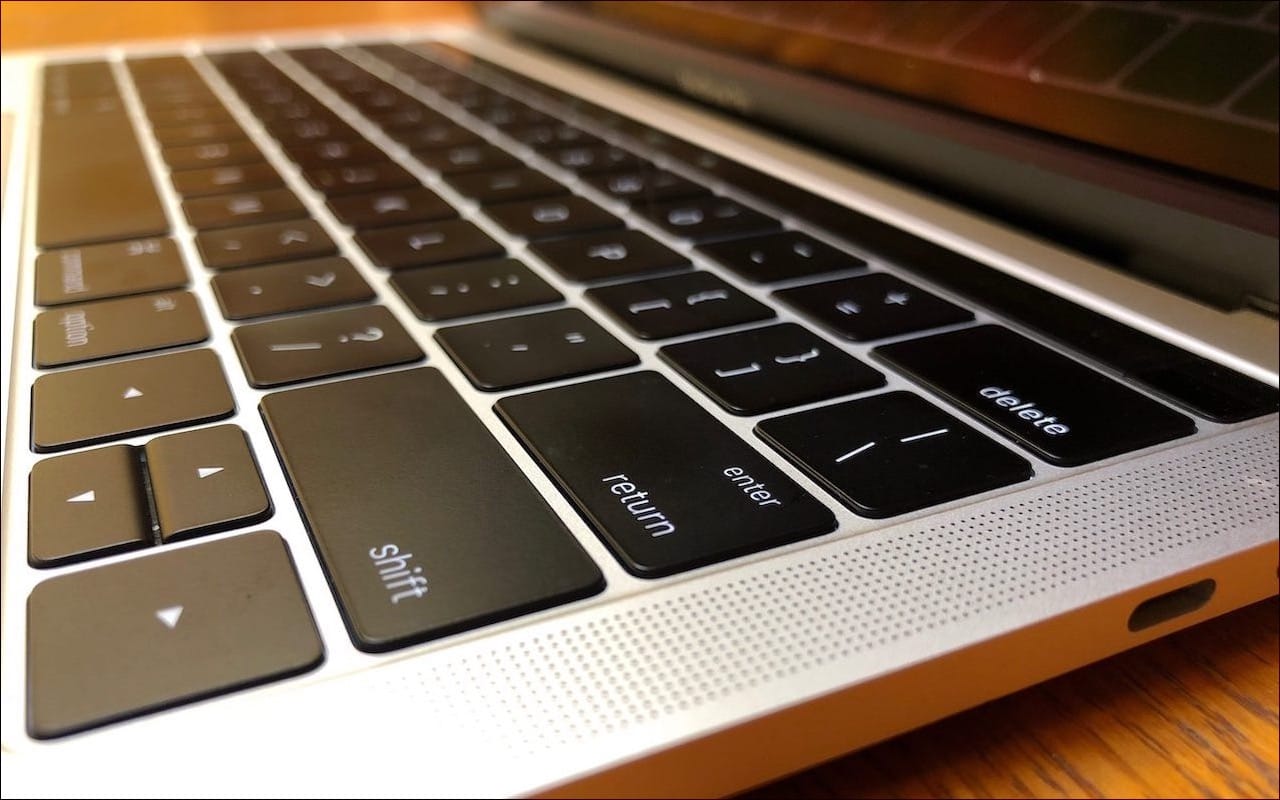
Apple’s butterfly keyboard, introduced in 2015 with the ultra-thin MacBook, was designed to allow slimmer laptops and promised more stable, precise typing thanks to a new low-profile mechanism. In practice, it quickly became infamous for reliability issues: dust or debris could disable keys, repairs often required replacing the entire top case, and the shallow key travel felt unsatisfying to many typists. Despite several revisions with membranes and tweaks, problems persisted across MacBook, MacBook Air, and MacBook Pro models from 2015 to 2019, leading to lawsuits and a public repair program. Apple finally abandoned the design in 2020, returning to a more traditional scissor-switch “Magic Keyboard,” and the butterfly keyboard is now remembered as one of the company’s most notorious hardware missteps. This design failure and the time it took for Apple to fix it is a testament of how stubborn Apple can be.
MacBook Touch Bar
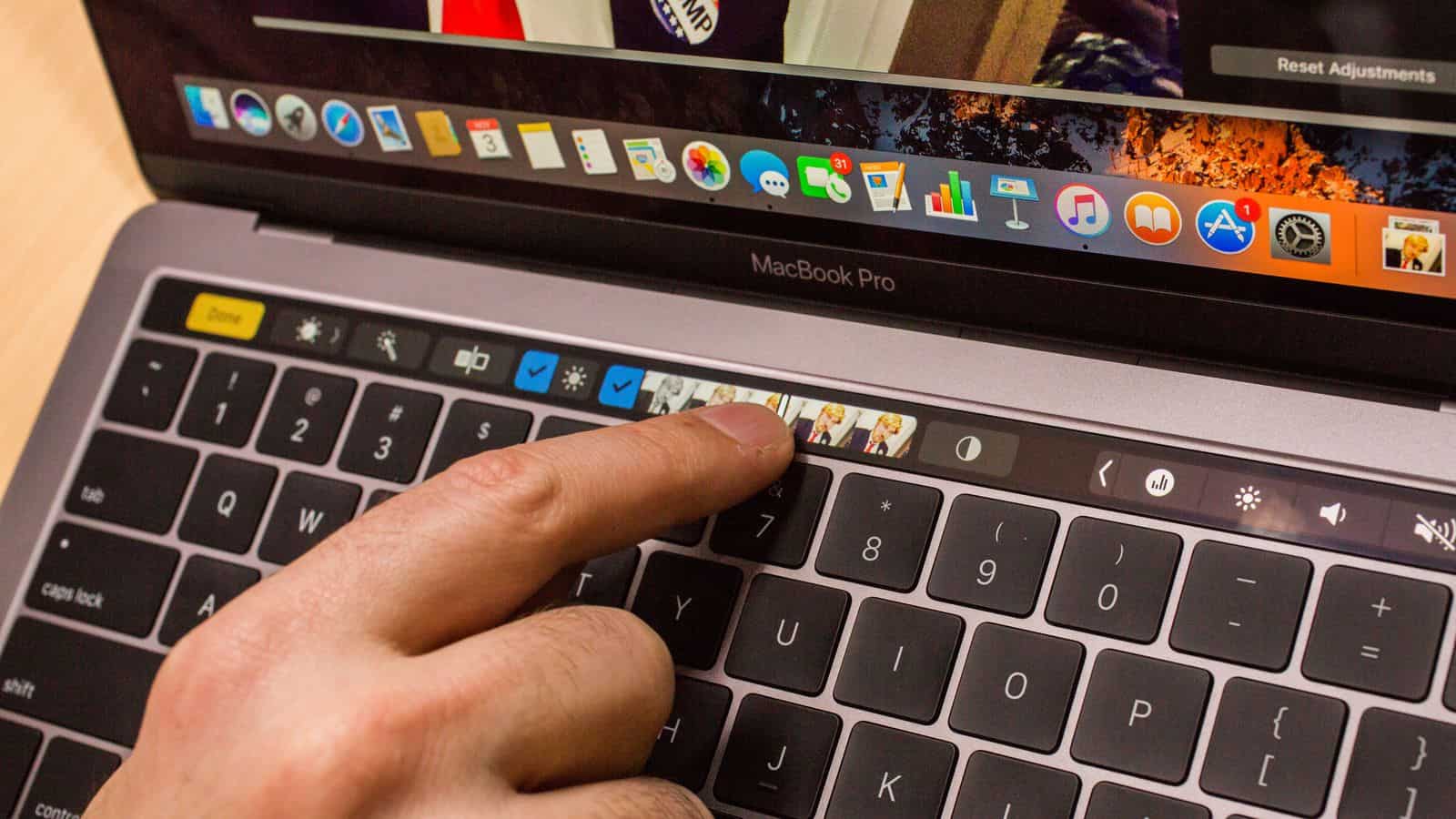
Apple introduced the Touch Bar in 2016 as a dynamic OLED strip replacing the MacBook Pro’s function keys, promising customizable, context-sensitive controls for apps. Despite some clever uses in Apple’s own software, adoption lagged, professionals disliked losing tactile keys—especially Escape—and the feature quickly became a symbol of Apple prioritizing form over function during the controversial butterfly keyboard era. By 2019 Apple backtracked by restoring a physical Escape key, and in 2021 it removed the Touch Bar entirely with the redesigned MacBook Pro, later discontinuing the last model that carried it in 2023. Today it’s remembered as a bold but short-lived experiment that never matched the reliability and simplicity of physical keys.
Siri Rebuild
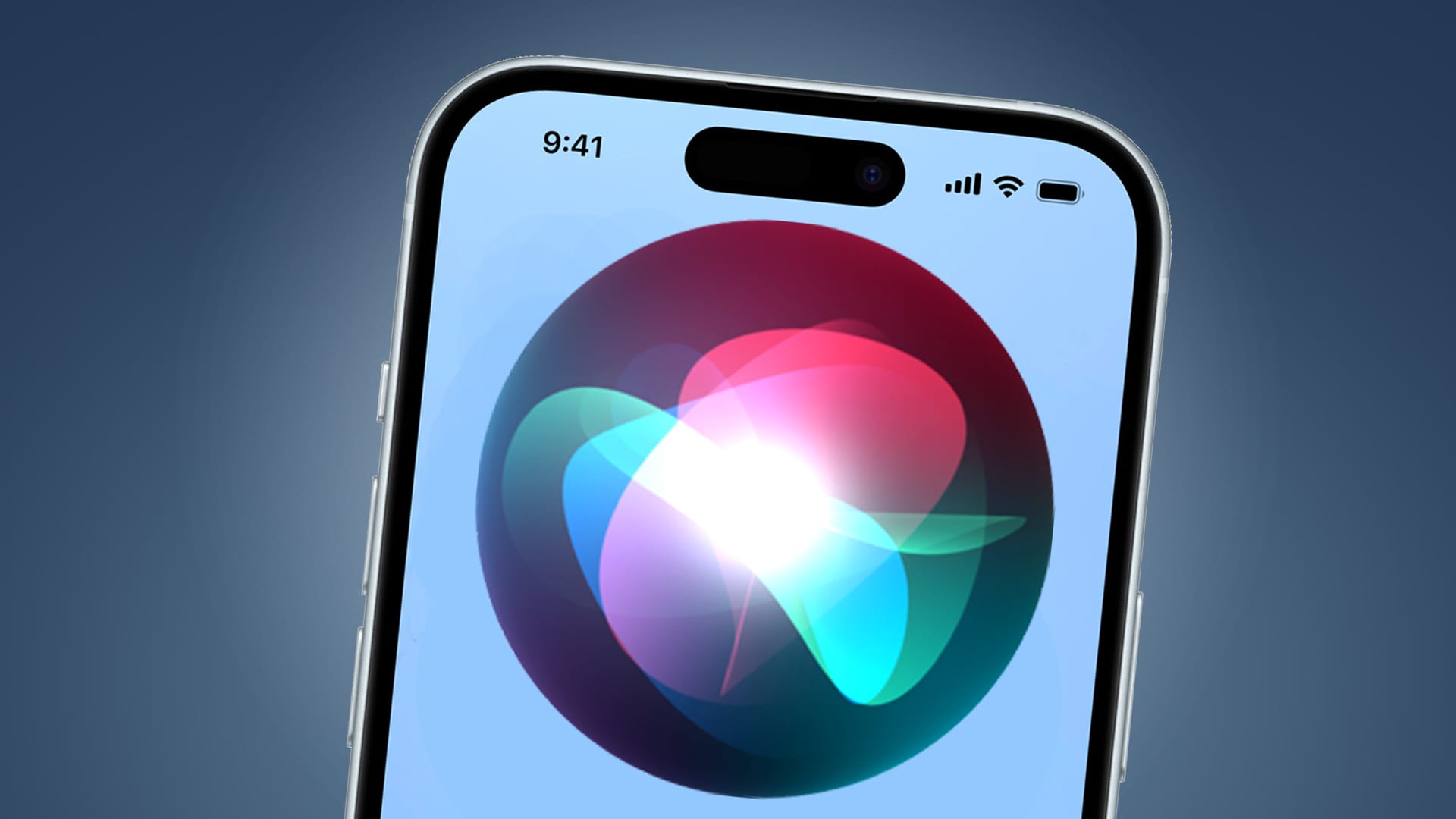
Apple acquired Siri in 2011 with big promises of a futuristic voice assistant, but it quickly fell behind Google and Amazon due to limited functionality, slow improvements, and Apple’s restrictive, closed approach. Despite efforts like SiriKit and the HomePod, Siri remained narrowly useful, mostly for setting timers or simple tasks, while rivals built richer ecosystems. Apple’s focus on privacy limited data collection, slowing AI progress, and controversies like human review of audio recordings further hurt trust. Internal disorganization and shifting leadership compounded the stagnation. By the time generative AI reshaped expectations in 2022, Siri seemed outdated. With Apple Intelligence announced in 2024, Apple is finally trying to reinvent Siri with generative AI, but it faces the challenge of overcoming a decade-long reputation for underperformance.
Siri is holding back Apple’s other products like the HomePod where the only way to interact with the device is through voice. Other unannounced products like the HomePod with a screen still under development is also being delayed because of Siri not powerful or flexible enough to support more complex use cases.
Apple’s failure to rebuild Siri has created multiple long-term problems: it damaged Apple’s brand by making Siri a weak link in the “it just works” promise; left Apple behind rivals in smart assistants and AI leadership despite an early start; prevented Siri from becoming the true hub of Apple’s ecosystem; slowed innovation due to legacy technical debt; discouraged developers with overly restrictive APIs; and revealed cultural limits in Apple’s closed, privacy-first approach that hinder bold reinvention. Together, these issues make Siri a strategic liability in the generative AI era.
Apple’s investment in Apple Intelligence somewhat reduced the focus on Siri, but not for good reasons.
Apple Intelligence
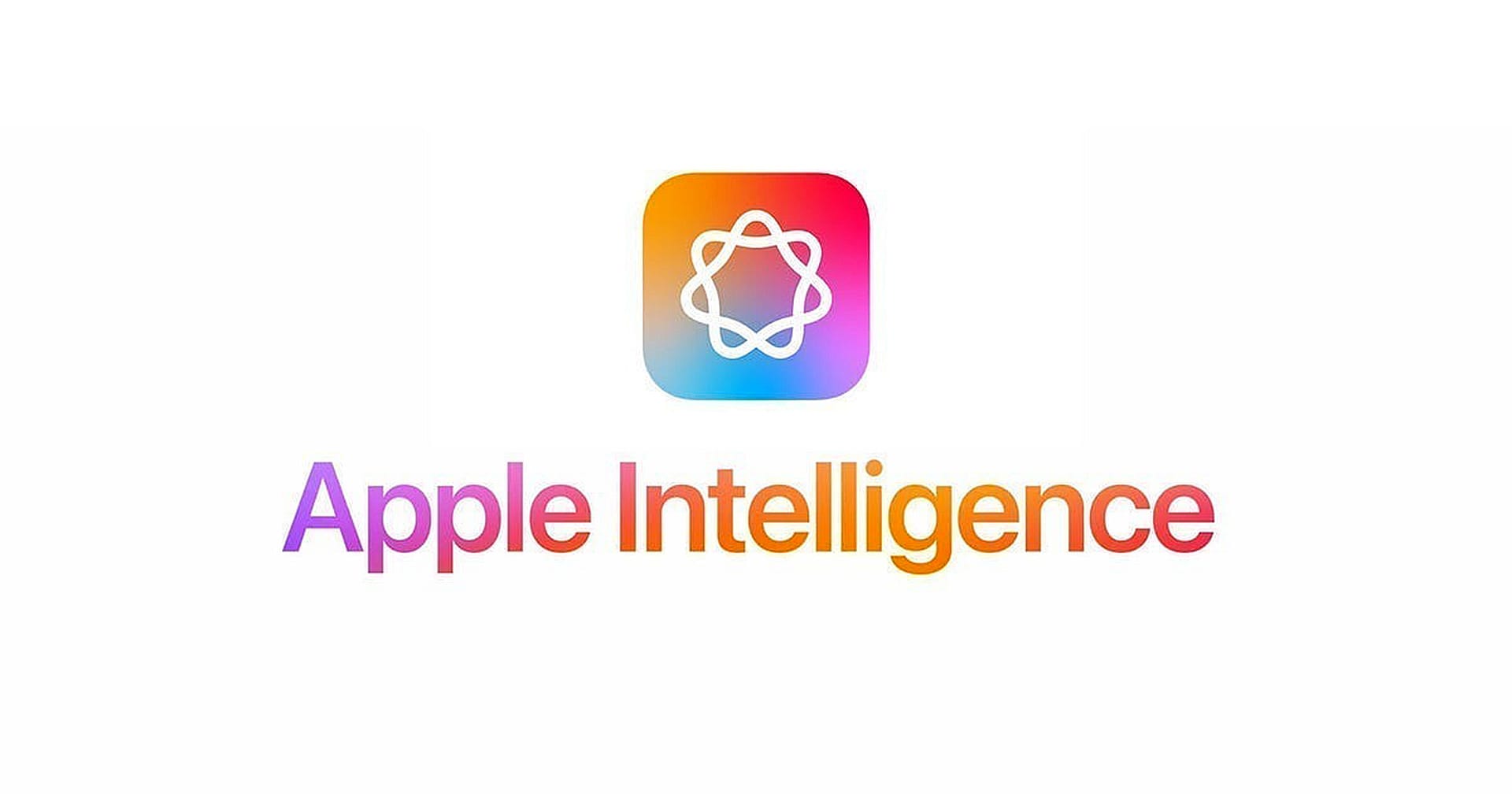
Apple has offered numerous AI-based features for years—like image recognition in Photos, predictive typing, Siri suggestions, and health insights—all built on advanced machine learning. Yet with the announcement of Apple Intelligence, Apple unintentionally downplayed these existing capabilities, creating the perception that it was only now entering the AI space. That perception isn’t entirely wrong: while Apple excels at practical, on-device machine learning, it has lagged in generative AI, where rivals have moved faster and louder. This gap explains why Apple Intelligence feels both like a fresh start and a catch-up move at the same time.
For search, Apple made a deal with Google. But generative AI, Apple is still pondering its options, apparently. Time goes fast and rivals are already harder and harder to catch up. This lost opportunity doesn’t make Apple a leader it used to be. Sure, it has never been the first in a market, and they want to build for the best, not for the most. Yet, Apple will need to make the calls; otherwise, they keep adding failures that eventually will add up and make people reconsider their commitment to the ecosystem as generative AI use cases mature and become even more pervasive.
Apple Intelligence might not be the failure in itself, but the rollout was.
Ads

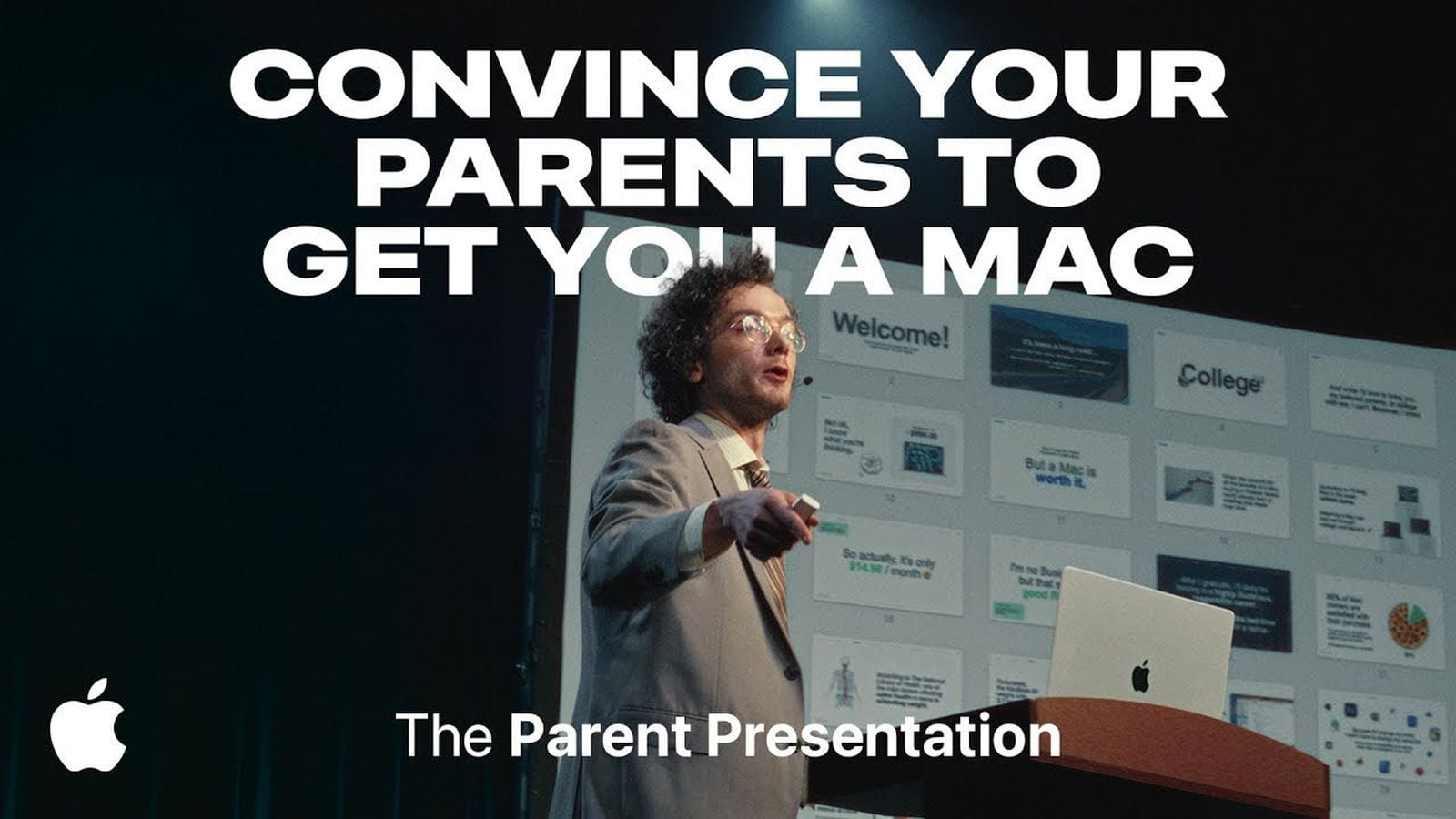
Apple, once revered for iconic ads, has recently stumbled with several high-profile missteps: the 2024 iPad Pro “Crush!” ad drew backlash for symbolically destroying creative tools; a 2025 long-form Mac video called “The Parent Presentation” was mocked as cringeworthy and quickly pulled; an iPhone 16 ad overstated Siri’s AI features, triggering a false-advertising lawsuit; a Thailand-set spot was criticized for cultural stereotyping; and even a “Shot on iPhone, Drawn on iPad” billboard in Miami caused ridicule for an accidental sexual image. These incidents highlight Apple’s growing struggle with tone, cultural sensitivity, and messaging clarity—leading to public apologies, legal trouble, and questions about whether the company has lost the sharp creative instinct that once defined its marketing.
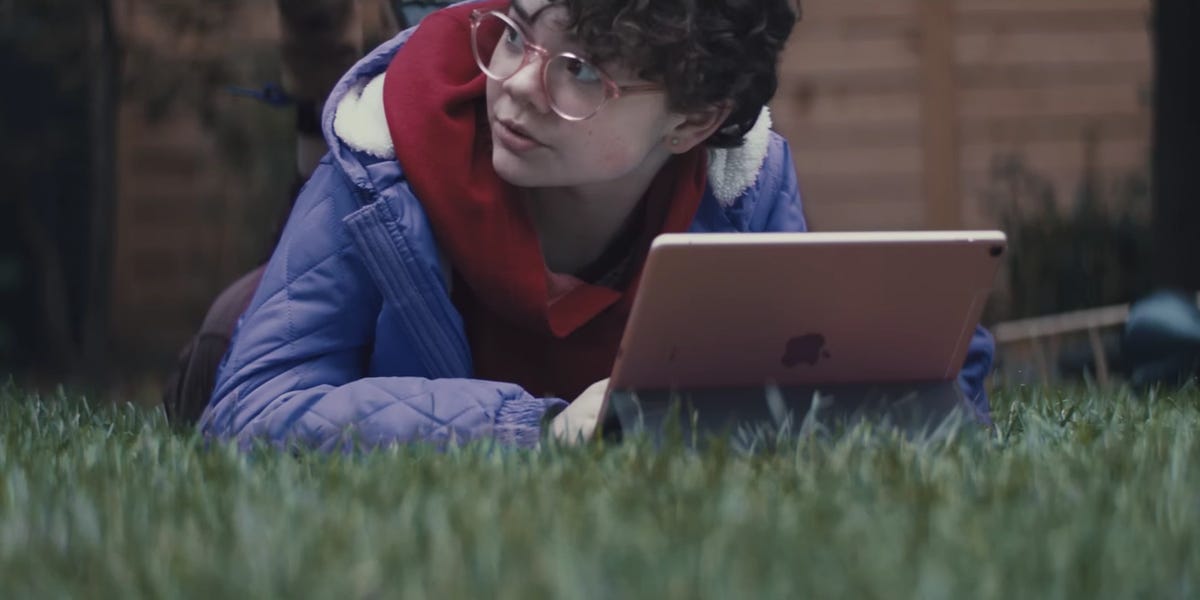
Apple Vision Pro
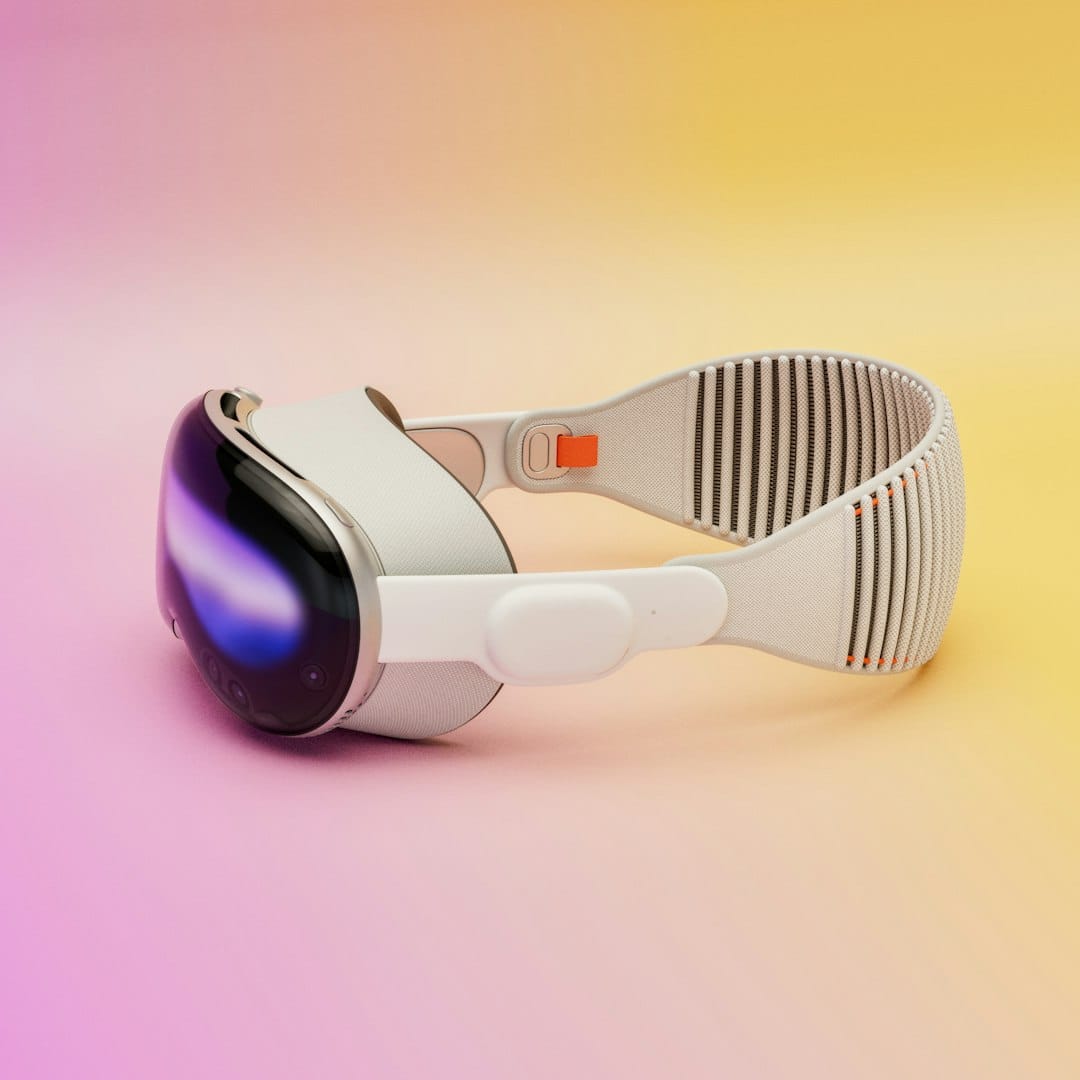
Apple’s Vision Pro dazzled as a technical marvel—with ultra-high-resolution displays, custom silicon, and advanced spatial computing—but failed to gain traction because its $3,499 price tag far outweighed its everyday utility, the ecosystem lacked killer apps, and the device remained heavy, isolating, and awkward for long use. Market readiness wasn’t there: people already had cheaper, more social alternatives for productivity and entertainment. Vision Pro ultimately proved what’s possible but not yet desirable, serving more as a stepping stone toward future, lighter, more affordable headsets than as a mainstream success.
Apple’s Vision Pro launch highlighted a striking disconnect between the company’s ambitions and the broader tech landscape shaped by the rise of generative AI. While Apple poured resources into unveiling a $3,499 mixed-reality headset—an impressive feat of engineering but with limited use cases and narrow appeal—the world was embracing generative AI tools that were inexpensive, widely accessible, and instantly transformative for work, creativity, and communication. This contrast made Apple look out of step: instead of spearheading the most disruptive shift in technology since the iPhone, it seemed focused on a hardware marvel that solved no urgent problem. Generative AI became the cultural and technological conversation, while Vision Pro remained an expensive curiosity. As a result, Apple’s reputation as the company that defines the future felt diminished; rather than being the pioneer of the next computing wave, it looked cautious, sidelined, and almost irrelevant in the very moment when intelligence—not hardware—was driving innovation forward.
Is Apple making another mistake by still not offering a solution in the smart glasses market? Time is definitely running out. I wonder if Apple’s design team should start thinking outside the box and give it a real shot, while scaling back their efforts on Apple Vision Pro.
Camera Control
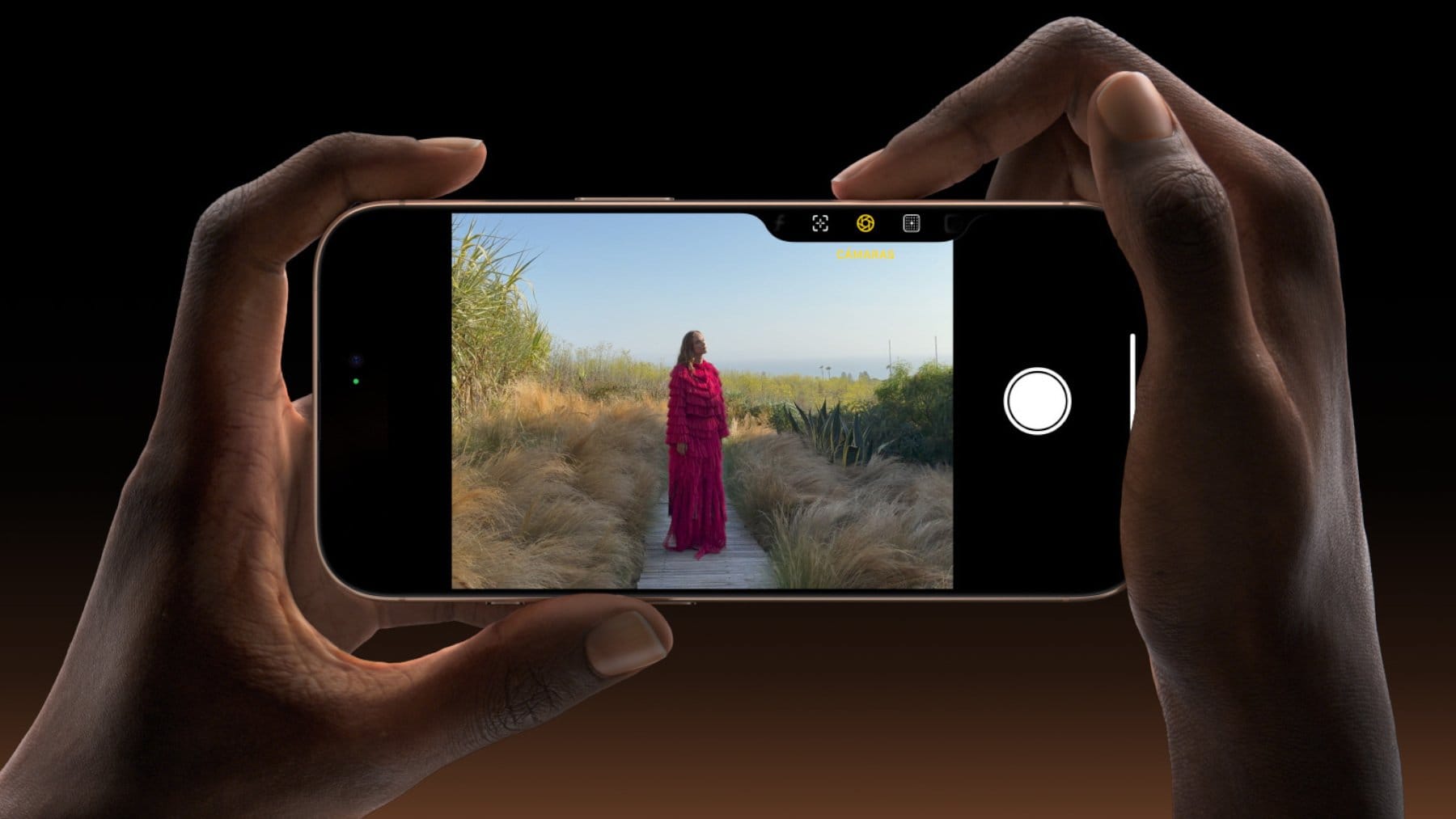
Apple’s new Camera Control button on the iPhone 16 was pitched as a breakthrough but is seen by many as unnecessary, fiddly, and awkwardly placed; it’s imprecise compared to on-screen controls, inconsistent in behavior, missing key features like focus lock, and in some cases buggy. While some enthusiasts value the tactile feel for quick exposure or style adjustments, most users find it over-engineered for a problem that didn’t exist, echoing the fate of past Apple missteps like the Touch Bar. Rumors that Apple may drop the feature entirely by the iPhone 18 suggest it could be a short-lived experiment rather than a lasting innovation.
Apple’s Camera Control button is widely seen as over-engineering—a complex, niche feature trying to fix what wasn’t broken. While it offers some benefits for power users, most find it awkward, imprecise, and unnecessary compared to familiar touch controls, making Apple look out of touch by investing in a flashy gimmick instead of practical improvements like battery life or better zoom.
Developer relations
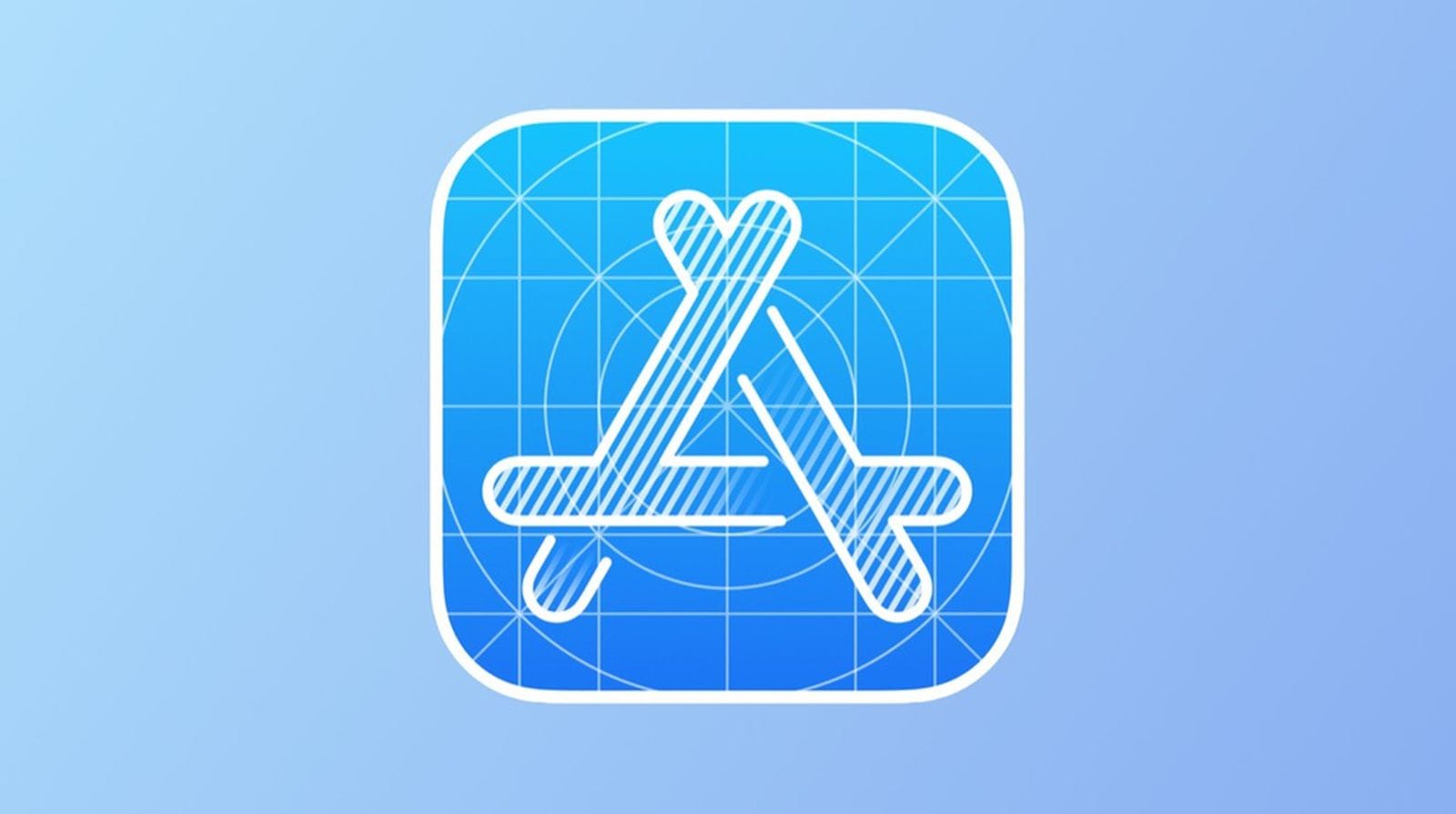
Apple often portrays developers as partners in creating the beautiful apps and services that define its ecosystem, but many developers no longer buy into that message. The company built one of the most profitable software platforms in history, yet strict App Store control, high commissions, limited API access, and unpredictable rules have left the community feeling more constrained than valued. While Apple insists its policies protect users and ensure quality, developers increasingly view them as self-serving. Legal fights like Epic Games’ lawsuit and mounting global regulation have forced Apple to ease some restrictions, but trust has eroded, leaving developers torn between the opportunities Apple enables and the control it continues to impose.
Apple’s strained relations with developers are increasingly hurting the adoption of new technologies like the Vision Pro and the Liquid Glass UI, because both rely on strong third-party support to succeed. The Vision Pro risks becoming a niche gadget without a vibrant app ecosystem, while a major UI redesign falters if developers are slow to update their apps, leaving Apple’s own software polished but the wider experience inconsistent. Years of strict App Store rules, high fees, and limited flexibility have eroded trust, so instead of rushing to embrace Apple’s latest platforms, many developers now hesitate, weakening the momentum that once made Apple’s innovations instantly transformative.
iOS 7 Flat Design
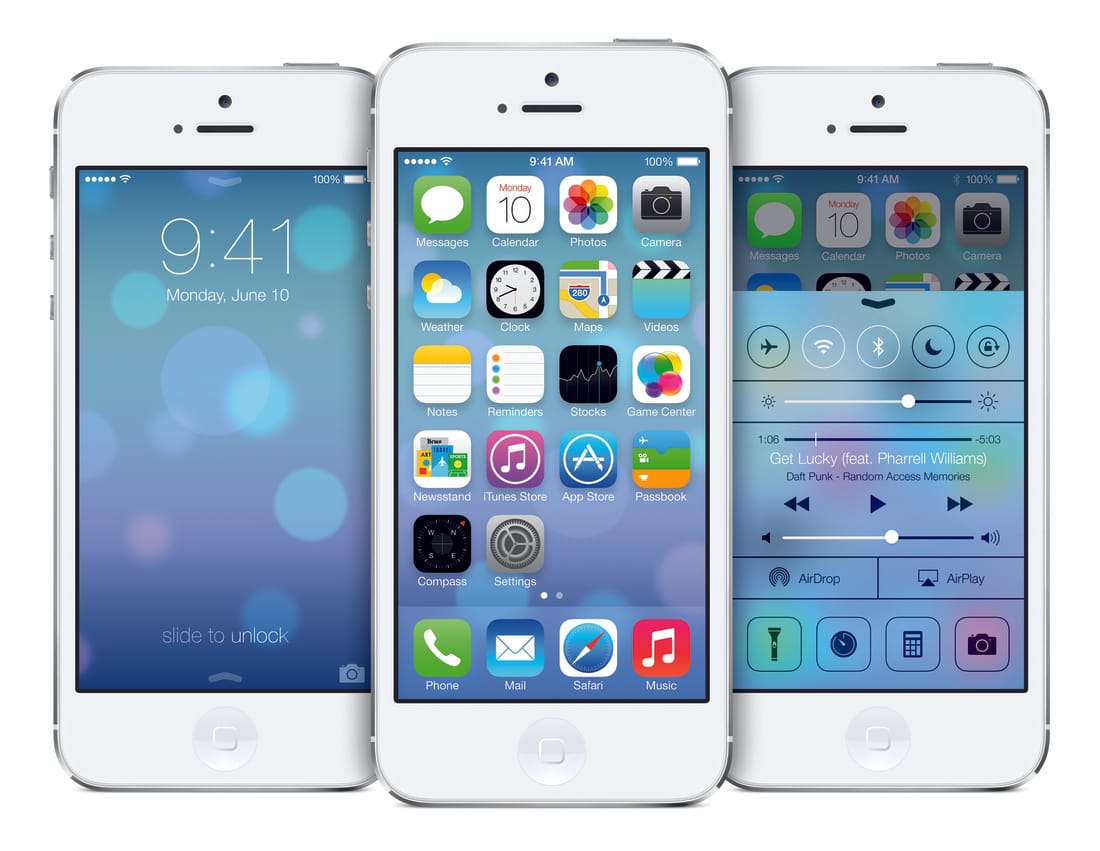
In 2013, Apple’s iOS 7 redesign replaced skeuomorphism with a flat, minimalist look of thin fonts, neon colors, and heavy translucency, but the abrupt shift was widely criticized by users for poor readability, confusing navigation, and motion-inducing animations, while developers resented the sudden need to overhaul apps without clear guidance. The backlash pushed Apple to gradually tone it down in later releases by adding bolder typography, clearer buttons, and faster animations, ultimately finding a more balanced design. In hindsight, Apple should have anticipated the problems—accessibility issues, developer disruption, and the risks of radical minimalism already seen elsewhere—making iOS 7 a case where bold aesthetics temporarily outweighed usability and trust.
The iOS 7 redesign shook Apple’s brand image in ways both positive and negative. On one hand, it signaled a break from the skeuomorphic past and positioned Apple as modern and forward-looking at a time when Android was catching up in features and design. On the other hand, the jarring minimalism and usability missteps undermined Apple’s reputation for polish, coherence, and user-friendly design—the very traits that had set it apart. For some, iOS 7 felt rushed and experimental rather than the “it just works” standard people expected.
The absence of a strong design visionary like Steve Jobs likely amplified these issues. Jobs had an instinct for balance between radical simplicity and human usability, often tempering extremes. Without that central taste-making force, design leadership fell to Jony Ive, who, while a brilliant hardware designer, pushed iOS toward an aesthetic purity that sometimes ignored practical concerns. Jobs was known for rejecting ideas until they aligned with both beauty and usability; his presence might have reined in the more abstract, fashion-driven elements of iOS 7 and insisted on a redesign that felt bold but still unmistakably Apple.
The episode illustrates how a brand built on design excellence can stumble when the internal check—the person or culture that balances vision with pragmatism—goes missing. Apple recovered, but iOS 7 was a reminder that design revolutions carry brand risks if they outpace user trust.
Liquid Glass
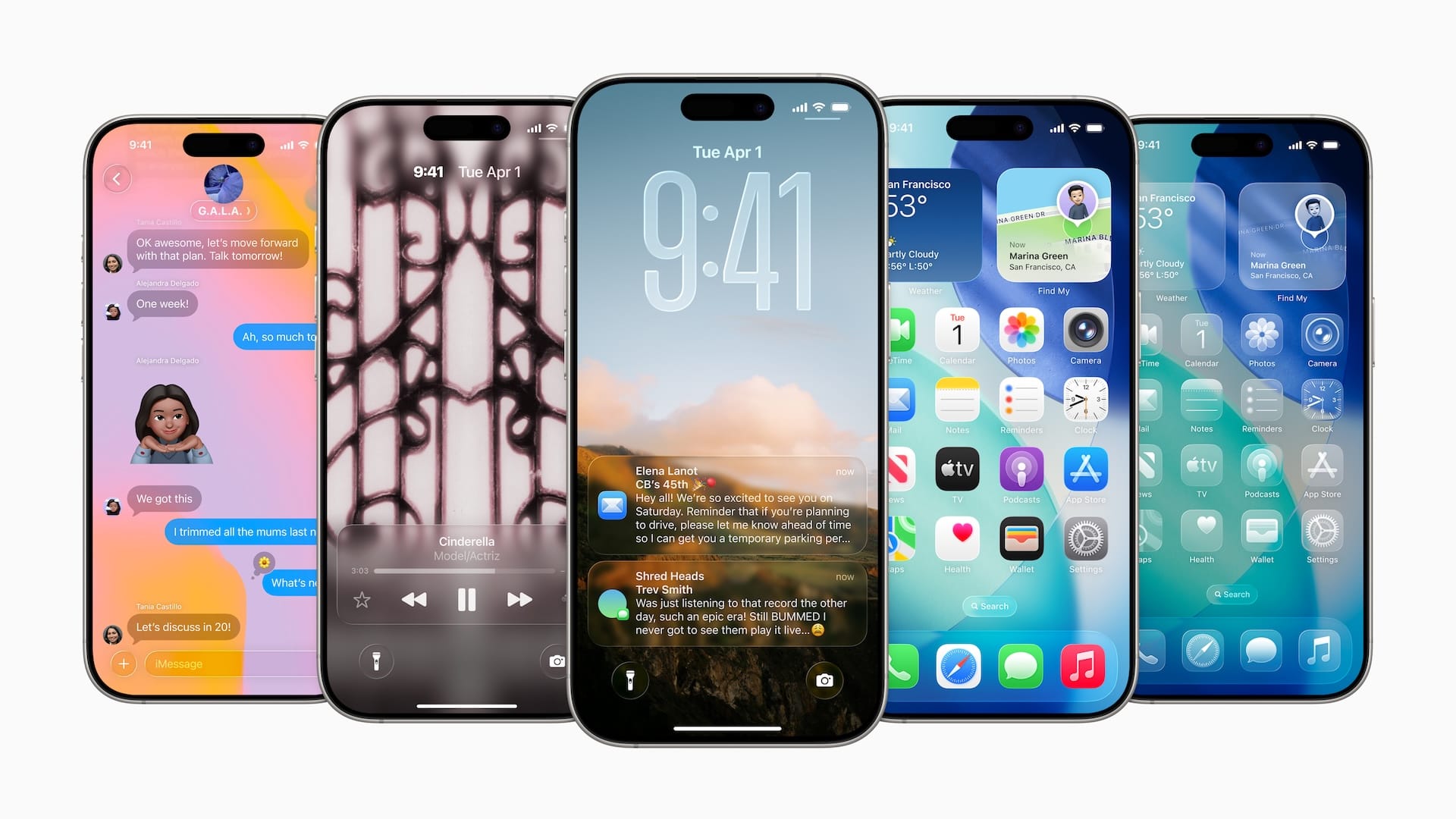
Apple’s “Liquid Glass” design language today echoes some of the same risks we saw with iOS 7. On paper, it’s visually striking: translucent panels, layered depth, and glossy fluid-like elements meant to showcase Apple’s technical prowess. But the danger is déjà vu—pushing aesthetic novelty ahead of clarity and usability. As with iOS 7’s thin fonts and neon gradients, Liquid Glass risks overwhelming users with visual flash that can obscure hierarchy, reduce contrast, and fatigue the eye. Apple is again trying to distinguish itself at a moment when competitors lean toward functional minimalism, but in doing so, it could alienate users who prize Apple for clarity and predictability, not just spectacle.
Steve Jobs’s absence still matters. Jony Ive’s departure left a design culture that sometimes oscillates between engineering-driven ambition and marketing-driven showmanship, without a central “taste filter” to ensure balance. Liquid Glass could repeat the iOS 7 cycle—an impressive but polarizing look that Apple must later tone down once usability complaints pile up. The lesson of iOS 7 was that Apple should evolve its design, not shock users with extremes. If history repeats itself, Liquid Glass could again be a short-lived overcorrection before Apple returns to a calmer middle ground.
Over the course of summer 2025, I abundantly covered Apple’s Liquid Glass and created a dedicated website for it; it might be worth a visit. Now, let’s pray that the next few months and maybe years will undo Liquid Glass, at least, partially. That’s certainly my hope.
Fixing the iPad or Breaking Its Simplicity?
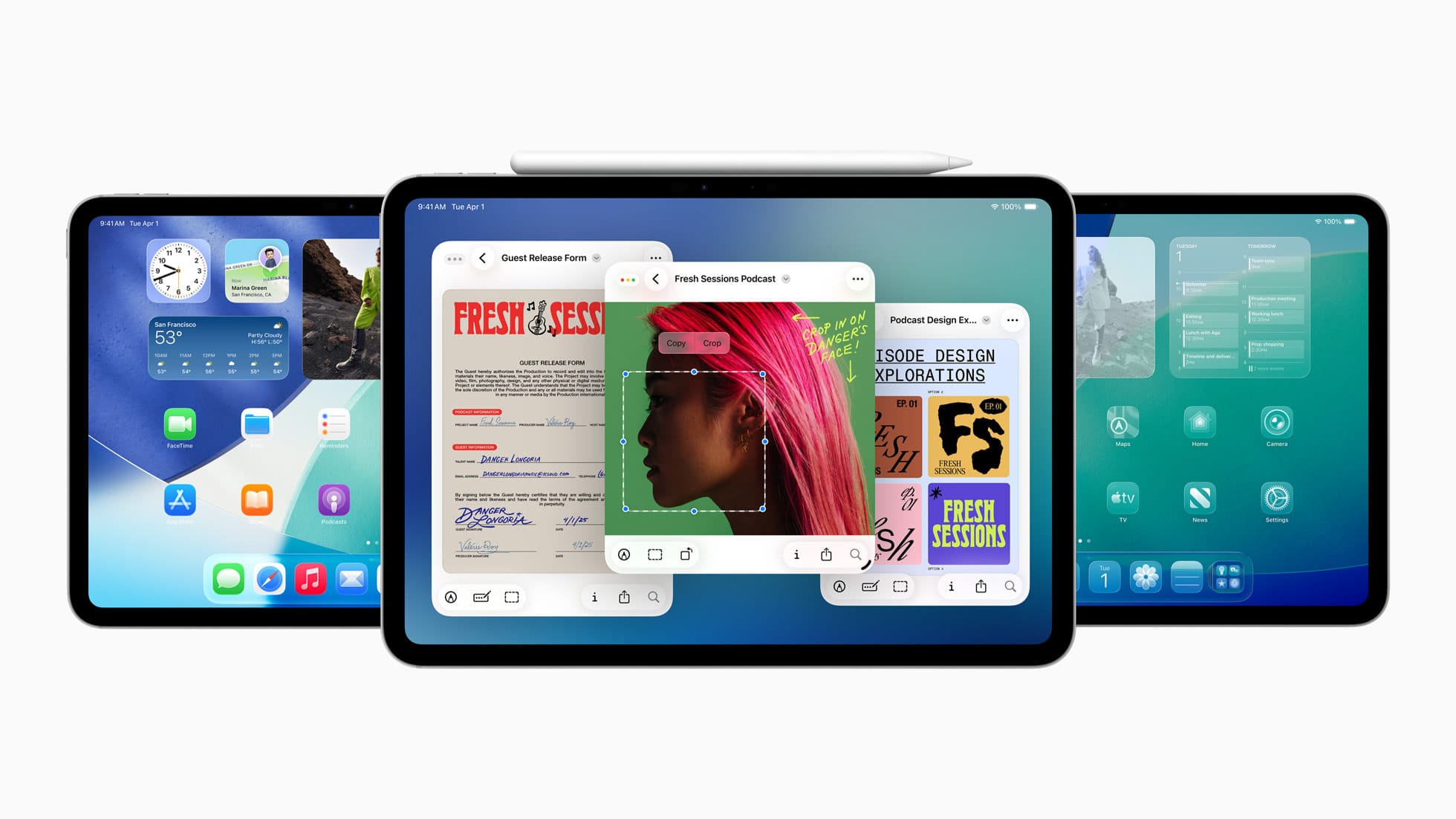
When it first launched in 2010, the iPad was presented as a “third device” between the iPhone and Mac—great for media, browsing, and casual apps, but deliberately limited. For years, iPads had strong processors (often rivalling Mac laptops) but were constrained by iPadOS, which treated them like oversized iPhones. No multi-window multitasking, limited external storage, clumsy file management, and no real professional apps kept the iPad from being the productivity powerhouse its hardware could have supported.
Apple began to loosen the reins in 2019 with iPadOS, which split the platform from iOS and added features like split-screen multitasking, better file handling, external drive support, and later, Stage Manager for desktop-like workflows. Still, performance outpaced software: M-series chips were dropped into iPads, but the OS didn’t allow users to fully exploit that power.
With iPadOS 26, the balance finally shifted. Apple leaned into the iPad’s potential as a real hybrid: far more capable multitasking, improved external monitor support, better keyboard/mouse integration, and powerful pro-level apps that tap into the same chipsets found in Macs. In short, Apple stopped treating the iPad as a “Mac alternative” to protect the Mac and began letting it grow into its own identity—lightweight, touch-first, but no longer artificially hobbled. But did Apple break the iPad’s elegance and simplicity by bringing real-computer realities to the tablet? It remains to be seen.
The Slow and Agonizing Death of macOS
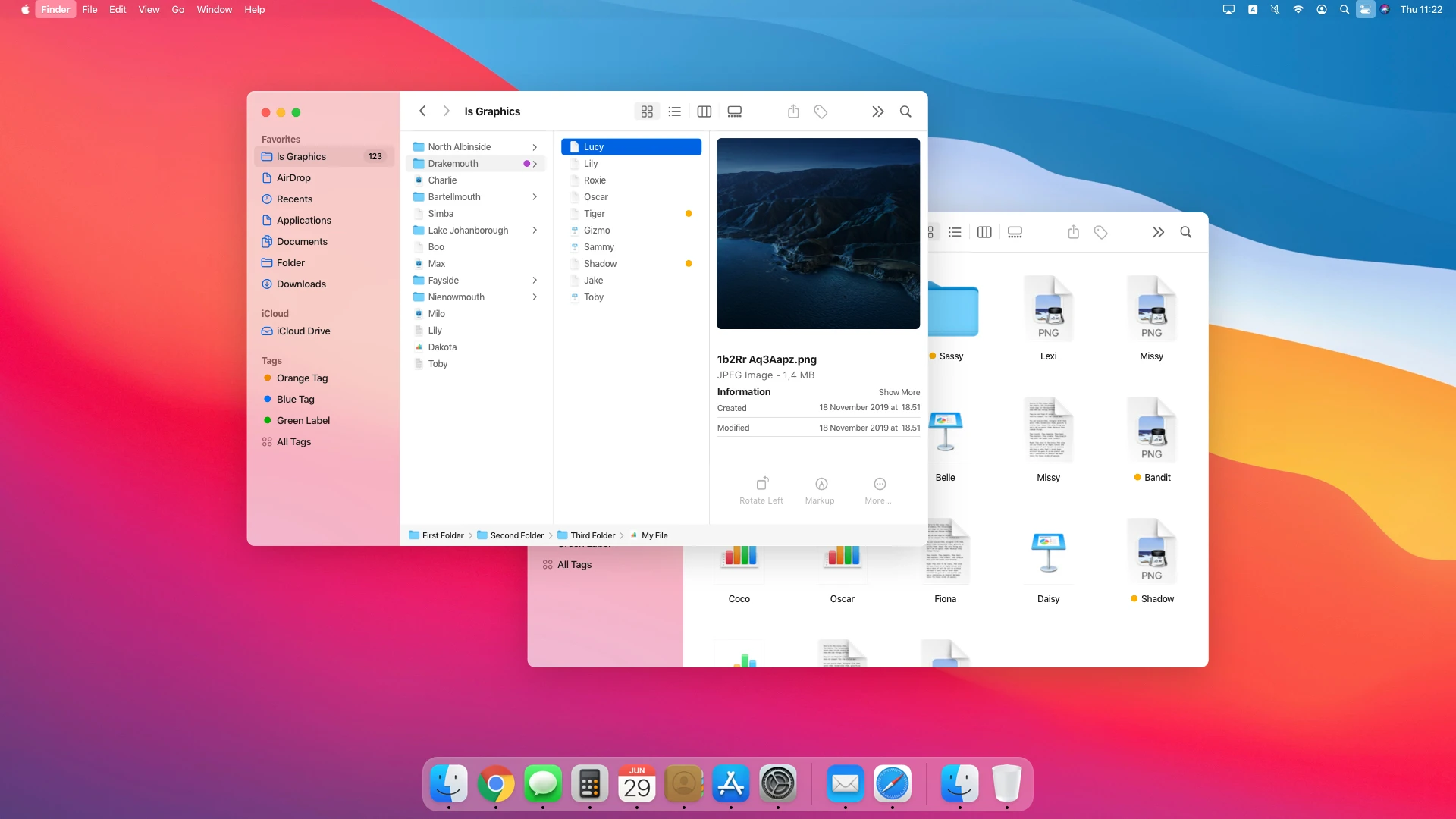
macOS once stood apart, a computing environment defined by depth, flexibility, and a long tradition of user-centric design choices that treated the Mac as a world of its own. Over time, though, Apple’s pursuit of consistency across platforms has blurred the Mac’s identity. With the arrival of design cues and UI metaphors borrowed from iOS and iPadOS, macOS has grown sleeker but flatter, often at the cost of the rich textures, discoverability, and idiosyncratic polish that made it special. The soul of the Mac—its sense of being unapologetically different from touch-first devices—feels eroded.
Part of this shift is cultural and technical. Swift was marketed as the modern replacement for Objective-C, but its elegance also nudged developers into Apple’s ecosystem-wide way of thinking: one language, one vision, all platforms unified. SwiftUI, in turn, took this further. By abstracting the interface layer into declarative building blocks, it became easier to design an app that looks and behaves consistently across iPhone, iPad, and Mac. But “consistently” here often meant “like iOS,” with macOS features trimmed down or awkwardly reshaped to fit the mobile-first model. What was once a developer culture of building “Mac-like apps” gave way to a culture of making apps that could stretch to any Apple device.
Catalyst was Apple’s most explicit signal of intent: let iPad apps run on the Mac, even if they felt clumsy on the desktop. It was supposed to bolster the Mac software ecosystem, but in practice it diluted it. Mac users—long accustomed to apps that embraced multitasking, menus, and keyboard-driven workflows—found themselves staring at windowed iPad software with oversized buttons and simplified interfaces. Instead of preserving what made Mac apps distinct, Catalyst encouraged a lowest-common-denominator approach, flattening the Mac into yet another pane of glass in Apple’s multi-device strategy.
What’s left is a sense that macOS is morphing into a derivative product, its uniqueness sacrificed in the name of uniformity. The once sharp boundary between desktop and mobile has been eroded, not by elevating the iPad to the Mac’s level of productivity, but by pulling the Mac closer to the iPad’s constraints. The Mac hasn’t disappeared, but its soul—that sense of being a computer first, not a cousin to a phone—feels increasingly faint.
The irony is that Apple could have chosen differently. Swift, SwiftUI, and Catalyst could have been tools to expand the Mac’s vocabulary, allowing it to influence iOS and iPadOS as much as the other way around. Instead, the gravitational pull has been one-sided. macOS survives, but as a reflection of Apple’s broader ecosystem rather than a leader in defining what personal computing can be.
PC Gaming

Apple’s failure to gain momentum in PC gaming stems from a repeating cycle of flashy pushes with little follow-through, compounded by a pivotal fallout with NVIDIA. From Marathon in the ’90s to Intel Macs and Boot Camp in the 2000s, Metal in the 2010s, and Apple Silicon with the Game Porting Toolkit in the 2020s, each initiative stalled because of limited developer interest and a small player base. The breakdown of Apple’s relationship with NVIDIA after the 2008 GPU failures cut Macs off from the dominant GPU ecosystem and its strong developer ties, leaving Apple dependent on AMD and later its own GPUs, both lacking NVIDIA’s industry clout. Combined with Apple’s priorities—design, productivity, and iOS gaming profits over high-end graphics—the result is a self-reinforcing loop: too few gamers attract too few developers, keeping Mac gaming as a showcase rather than a serious platform.
Oh, and Apple Arcade, even after more than five years in operation, didn’t really help move the needle.
Failure to Return to Live Events
In “While We Wait for the Next Apple Infomercial”, I shared some thoughts about Apple’s decision to keep broadcasting pre-recorded events instead of going live. Today’s Apple might look lacking in confidence by staying away from these more dynamic and human-oriented events.
Is Apple Losing Its Way?
Looking at these failures in a focused article like this, we have to wonder: has Apple lost its way? Apple made mistakes under Steve Jobs. Were we more lenient with them when they were the underdog in the tech industry? Probably. As Apple grows to its current size, it’s no surprise we've become more critical. Apple often claims to lead by example, not just by appearance. Historical failures prove the contrary.
